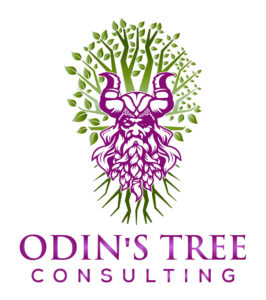In today’s competitive business landscape, organizations strive to optimize their efficiency and productivity at every level. To achieve this, it is crucial for companies to streamline their operations and eliminate any unnecessary clutter that hampers progress. Unfortunately, one area where many businesses tend to overlook is the presence of unnecessary human resources fluff. This article aims to shed light on the detrimental effects of such fluff and how it can impede overall business efficiency.
- Distracting from Core Objectives:
Human resources fluff often includes excessive paperwork, redundant policies, and unnecessary procedures that divert valuable time and resources away from the core objectives of a company. When employees are burdened with administrative tasks that do not add value to their work, it prevents them from focusing on their primary responsibilities. As a result, productivity suffers, and business efficiency declines.
- Creating a Bureaucratic Culture:
Unnecessary HR fluff can inadvertently lead to the creation of a bureaucratic culture within an organization. When there are too many layers of approvals, excessive reporting requirements, and rigid policies in place, decision-making processes become slow and inefficient. This bureaucratic culture stifles innovation, hinders creativity, and restrains employees from taking ownership and initiative. Consequently, business efficiency is compromised, and the organization becomes less agile in a rapidly changing business environment.
- Overburdening HR Department:
Human resources departments are vital for ensuring a smooth functioning of the organization, but excessive fluff can burden HR teams with administrative tasks that do not contribute to strategic objectives. When HR professionals are consumed by paperwork, compliance issues, and unnecessary processes, they have less time and energy to focus on strategic initiatives such as talent acquisition, employee development, and fostering a positive work culture. Consequently, the HR department becomes more reactive than proactive, limiting its ability to support the organization’s growth and efficiency.
- Employee Disengagement:
Unnecessary HR fluff can lead to employee disengagement and dissatisfaction. When employees feel overwhelmed by unnecessary administrative tasks or constrained by rigid policies, they may experience a sense of frustration and lack of autonomy. This can result in decreased motivation, lower job satisfaction, and higher employee turnover. Disengaged employees are unlikely to go the extra mile or contribute innovative ideas, impacting overall business efficiency.
- Wasted Resources:
Unnecessary HR fluff requires the allocation of valuable resources, such as time, money, and manpower, without providing any real value to the organization. This wasted investment could be redirected towards more productive endeavors, such as training and development programs, employee benefits, or technology upgrades. By eliminating unnecessary fluff, businesses can free up resources and invest them in areas that drive growth and enhance efficiency.
Conclusion:
Unnecessary human resources fluff can have a detrimental impact on business efficiency, diverting attention from core objectives, creating a bureaucratic culture, overburdening HR departments, disengaging employees, and wasting valuable resources. To optimize efficiency, organizations must critically assess their HR practices and eliminate any unnecessary clutter that hampers progress. By streamlining HR processes, companies can empower their employees, foster a culture of productivity, and position themselves for success in today’s competitive business landscape.




